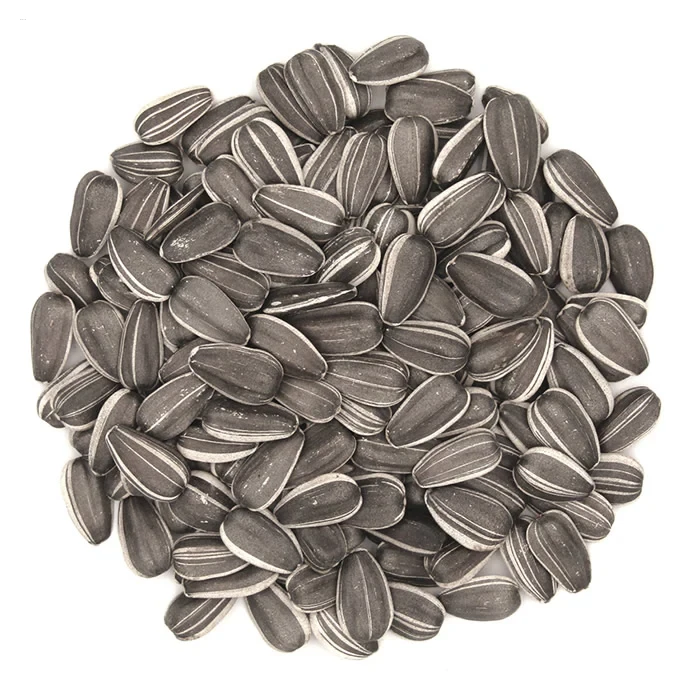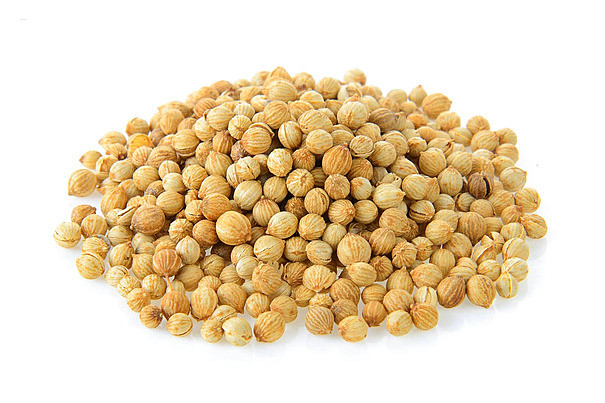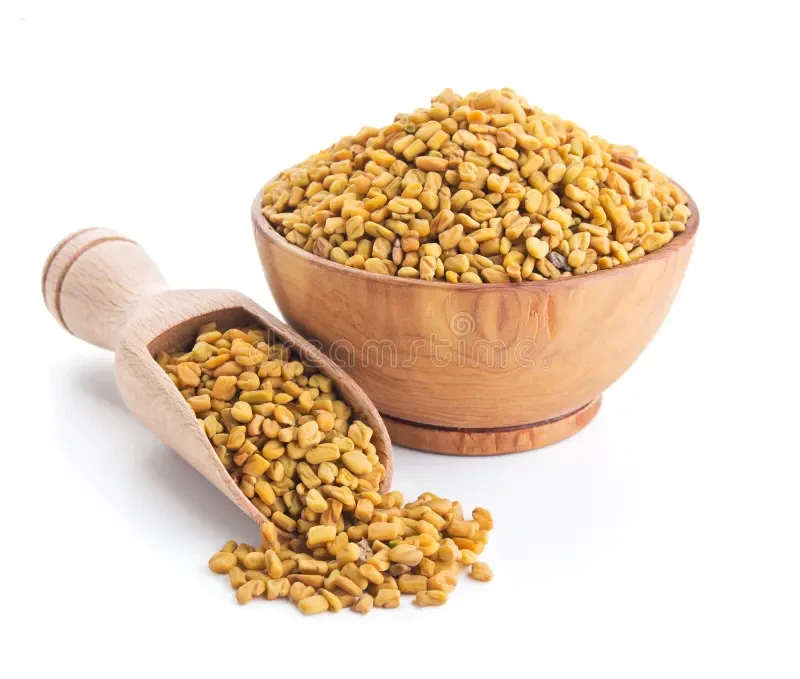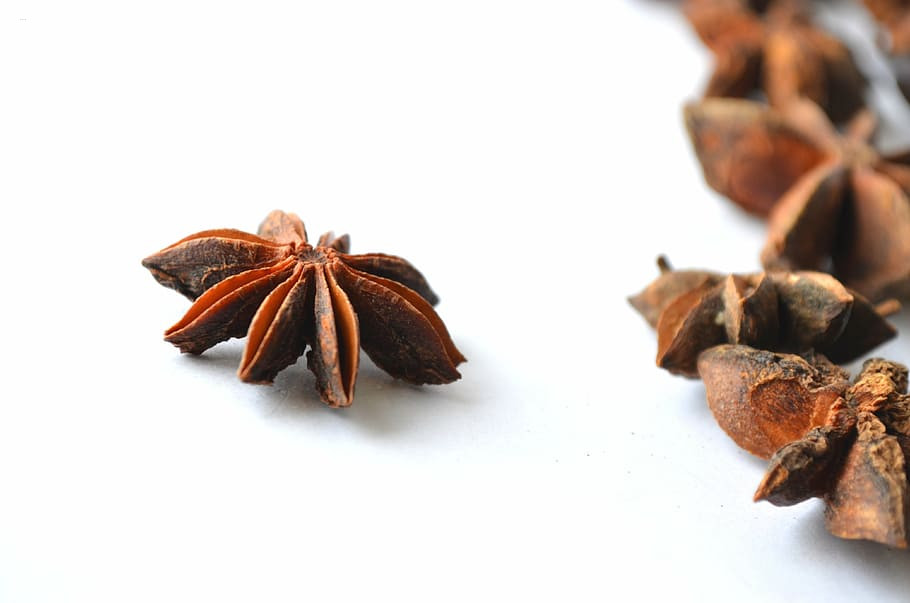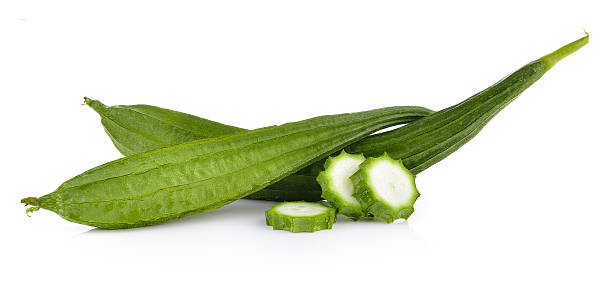

Ridge Guard
Inhouse product
-
৳3.30
-
৳3.30
Reviews & Ratings
Grow the Nutritious and Versatile Ridge Guard in Your Garden
Ridge Guard, also known as Indian Ridge Gourd, is a popular vegetable in many Asian and Indian cuisines. This climbing vine produces tender, ridged fruits that are used in a variety of dishes, from curries to stir-fries. Ridge Gourd is appreciated not only for its unique texture and mild flavor but also for its health benefits. Easy to grow in warm climates, it thrives in home gardens where it can be trained on trellises for optimal growth. Whether you're a home cook or an avid gardener, Ridge Gourd is a rewarding and nutritious addition to your garden.
Health Benefits of Ridge Gourd
Ridge Gourd is low in calories but high in essential nutrients, making it a healthy choice for those looking to maintain a balanced diet:
- Rich in Dietary Fiber: Supports digestion and helps regulate blood sugar levels.
- Packed with Vitamins: Contains Vitamin C and Vitamin A, offering antioxidant and anti-inflammatory properties.
- Detoxification: Promotes hydration and supports heart health.
- High Water Content: Excellent for improving skin health and maintaining overall wellness.
Tips for Growing Ridge Gourd
- Optimal Growing Conditions: Thrives in warm, sunny conditions with temperatures between 70°F and 90°F. Prefers well-drained, fertile soil with a slightly acidic to neutral pH (6.0-7.0).
- Planting Tips: Start seeds indoors 4-6 weeks before the last frost, or sow them directly into the soil when the weather warms. Plant seeds 1 inch deep and space them 12-18 inches apart to allow the vines to spread.
- Watering and Care: Keep the soil consistently moist, especially during the growing season. However, avoid overwatering, as this can lead to root rot. Mulch around the plants to help retain moisture and prevent weeds.
- Support and Maintenance: As a climbing plant, Ridge Gourd requires vertical support like a trellis, fence, or garden stakes. Regular pruning will help maintain its shape and encourage better fruit production.
Harvesting Ridge Gourd
Ridge Gourd typically matures in 60-90 days, depending on the growing conditions. The best time to harvest Ridge Gourd is when the fruits are young and tender, making them ideal for culinary use. If left to mature on the vine, the gourd will become tougher and more fibrous, suitable for making sponges. Regular harvesting encourages continuous fruiting throughout the growing season.
Culinary Uses for Ridge Gourd
- Curries and Stews: Often used in curries, where its mild flavor pairs well with various spices.
- Stir-fries: Add sliced Ridge Gourd to stir-fries for a light, crunchy texture.
- Soups: Ridge Gourd’s subtle taste makes it an excellent addition to soups and stews.
- Stuffed Ridge Gourd: Hollow out the gourd and stuff it with rice, spices, or other fillings for a delicious dish.
Frequently Bought Products
Product Queries (0)
Login Or Registerto submit your questions to seller
Other Questions
No none asked to seller yet
-
৳3.30
-
৳3.30
eBagan
All rights reserved
